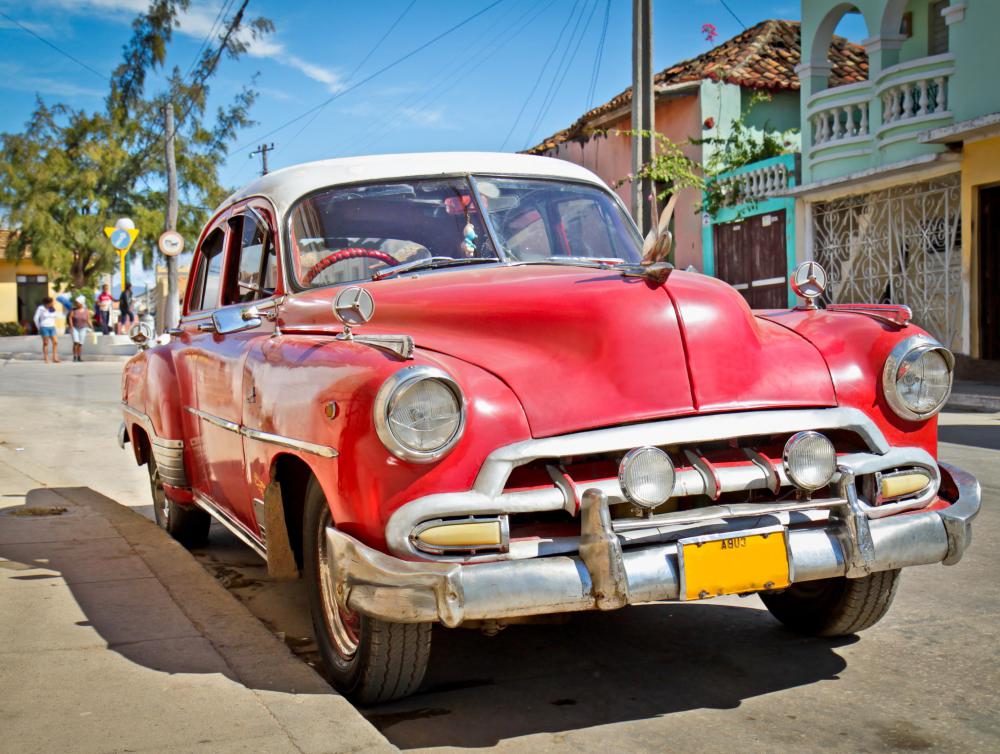At WiseGEEK, we're committed to delivering accurate, trustworthy information. Our expert-authored content is rigorously fact-checked and sourced from credible authorities. Discover how we uphold the highest standards in providing you with reliable knowledge.
Where are the West Indies?
The West Indies refer to several large islands and island chains, over 3000 islands in all, that are mostly south and slightly east of Florida, east of Central America and Southern Mexico, and north of South America. Some of these islands are located in the Caribbean Sea, while others form a bridge between the Caribbean and the North Atlantic Ocean. Just as the aboriginal peoples of South and North America were called Indians, under Columbus’ mistaken impression that he’d arrived in or near the country of India, the West Indies was Columbus’ name to differentiate these islands from the East Indies. They had nothing to do with the Indian people, but Columbus believed he’d arrived in an eastern scattering of islands near India.
Today you may hear the West Indies still called by that name due to Columbus’ mistake. Alternately, you may hear the West Indies referred to as the Caribbean. The Caribbean is a fairly extensive island chain, about 2500 miles (4023.36 km) from top island to bottom. At any given place on this chain, it is no wider than 160 miles (257.5km)
There are three main island groups in the West Indies: the Bahamas, the Greater Antilles and the Lesser Antilles. The Lesser Antilles may be split into two additional sets. These are called the Leeward Islands and The Windward Islands.

The Bahamas are the northernmost set of islands, some of them east and not south of Florida. Grand Bahama sits off the eastern coast of Florida, slightly North of Fort Lauderdale. Nassau, one of the most popular tourist spots, is the capital city of the Bahamas Commonwealth. San Salvador, located east and south of Grand Bahama is believed to be the landing spot of Christopher Columbus and boasts a healthy tourism industry today. Though there are 700 islands in the Bahamas, only a few of them are large enough to sustain populations. In addition to those mentioned above, these larger islands include: New Providence, Andros and Berry Islands, Abaco, Eleuthera, Cat Island, Exuma, Long Island and Ragged City, Crooked Islands, and Mayaguana and Inagua.

The Greater Antilles forms the middle portion of islands in the West Indies, with some of the largest islands of the Caribbean in this chain. These islands include Cuba, Haiti and Hispaniola, Jamaica, the Dominican Republic and Puerto Rico. During the conquest of the New World, this section of the West Indies was extremely important, since these islands were close to Mexico, South America and Florida. From Cuba, the northernmost island, explorers were within easy reach of the Gulf of Mexico and the southern tip of Florida.

The Lesser Antilles are the islands farthest south in the West Indies island chain. The top of the Lesser Antilles includes the Virgin Islands, which are just east of Puerto Rico. Islands north of the Virgin Islands that are popular tourist destination include St. Croix, Antigua, St. Kitts, and St. Martin, among others. These are all part of the Leeward Islands.

Farther south in the Windward Islands, you find Barbados, Saint Lucia, Martinique, and Trinidad and Tobago. There are also collections of islands north off the coast of Venezuela, which may be called the Leeward Antilles. These include Aruba, and Curacao.
AS FEATURED ON:
AS FEATURED ON:














Discussion Comments
@ ValleyFiah- You are absolutely right about the diverse history of the West Indies.
I was born in Jamaica and my father's side of the family is native to the Greater Antilles. Because of this, I have a natural interest in the history of this part of the West Indies.
I bring this up because you spoke of the troubles Haiti has gone through. Haiti does have some history to be proud of. Haiti was the first country in Latin America to gain independence. They were also the first black republic in World History.
Haitian Independence did not come without a price. Haiti still owes U.S and French Banks billions of dollars in reparations for freeing French slaves, and to this date Haiti has paid tens of billions of dollars in reparations. When the French forced reparations on Haiti, the French Government charged the nation twice what it charged the U.S. for the entire Louisiana Purchase (With Interest Mind You).
Sometimes I wonder what the global economic map would look like if slavery in the West Indies never existed.
The history of the West Indies is just as diverse as its geography. Tales of colonialism, slavery, war, and revolt date back the last 500 years.
The United States and European Governments once owned or still own all of the 7000 islands, atolls, and reefs that make up the West Indies. The French Creole settlers that migrated to New Orleans in the early 19th century were slave owners and their slaves that fled from Haiti during the slave uprising.
In some cases, more than one nation conquered the islands in the West Indies. In other cases, colonies may have changed hands multiple times. This explains the ethnic and linguistic diversity of the region.
Slavery was even present up until the first quarter of the 20th century when the Roosevelt Administration re-instituted slavery to build bridges and roads in Haiti. Many colonial powers used the colonies in the West Indies as slave plantation islands. These were places where the colonial, and later industrialized, nations would have all most of their basic goods produced.
brief information about west indies i got. From this information i have learned that west indies consist of many countries having separate sovereigns. Thanks
Post your comments